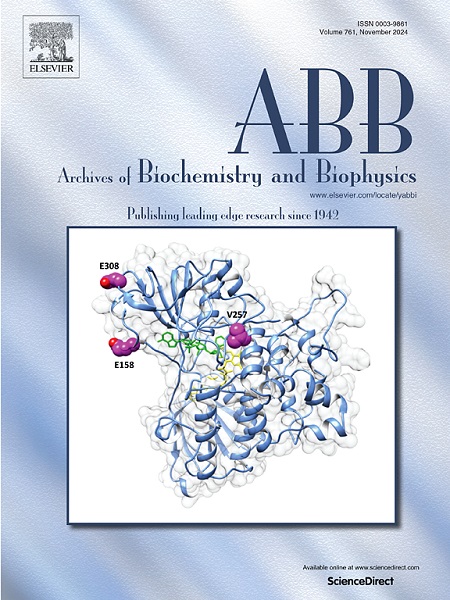Dysregulated circular RNA and long non-coding RNA-Mediated regulatory competing endogenous RNA networks (ceRNETs) in ovarian and cervical cancers: A non-coding RNA-Mediated mechanism of chemotherapeutic resistance with new emerging clinical capacities
IF 3.8
3区 生物学
Q2 BIOCHEMISTRY & MOLECULAR BIOLOGY
引用次数: 0
Abstract
Cervical cancer (CC) and ovarian cancer (OC) are among the most common gynecological cancers with significant mortality in women, and their incidence is increasing. In addition to the prominent role of the malignant aspect of these cancers in cancer-related women deaths, chemotherapy drug resistance is a major factor that contributes to their mortality and presents a clinical obstacle. Although the exact mechanisms behind the chemoresistance in these cancers has not been revealed, accumulating evidence points to the dysregulation of non-coding RNAs (ncRNAs), particularly long non-coding RNAs (lncRNAs) and circular RNAs (circRNAs), as key contributors. These ncRNAs perform the roles of regulators of signaling pathways linked to tumor formation and chemoresistance. Strong data from various recent studies have uncovered that the main mechanism of these ncRNAs in the induction of chemoresistance of CC and OC is done through a dysregulated miRNA sponge activity as competing endogenous RNA (ceRNA) in the competing endogenous RNA networks (ceRNETs), where a miRNA regulating a messenger RNA (mRNA) is trapped, thereby removing its inhibitory effect on the desired mRNA. Understanding these mechanisms is essential to enhancing treatment outcomes and managing the problem of drug resistance.
This review provides a comprehensive overview of lncRNA- and circRNA-mediated ceRNETs as the core process of chemoresistance against the commonly used chemotherapeutics, including cisplatin, paclitaxel, oxaliplatin, carboplatin, and docetaxel in CC and OC. Furthermore, we highlight the clinical potential of these ncRNAs serving as diagnostic indicators of chemotherapy responses and therapeutic targets.

求助全文
约1分钟内获得全文
求助全文
来源期刊

Archives of biochemistry and biophysics
生物-生化与分子生物学
CiteScore
7.40
自引率
0.00%
发文量
245
审稿时长
26 days
期刊介绍:
Archives of Biochemistry and Biophysics publishes quality original articles and reviews in the developing areas of biochemistry and biophysics.
Research Areas Include:
• Enzyme and protein structure, function, regulation. Folding, turnover, and post-translational processing
• Biological oxidations, free radical reactions, redox signaling, oxygenases, P450 reactions
• Signal transduction, receptors, membrane transport, intracellular signals. Cellular and integrated metabolism.
 求助内容:
求助内容: 应助结果提醒方式:
应助结果提醒方式:


